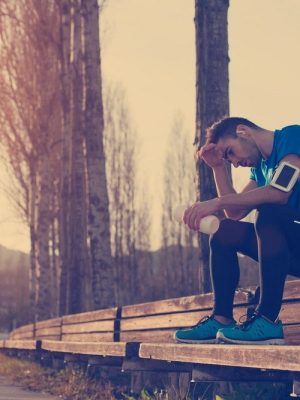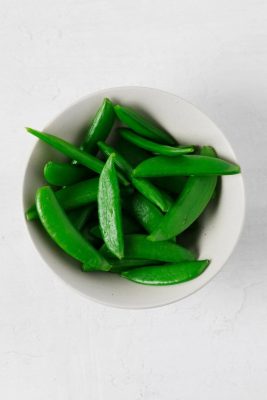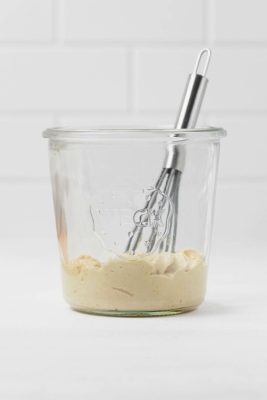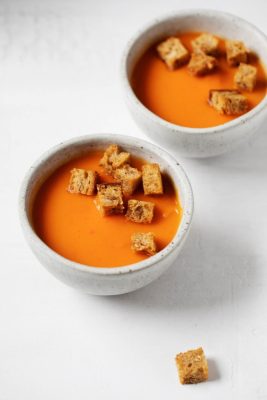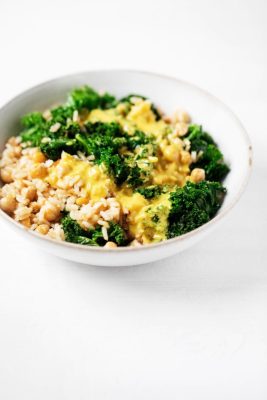

Subscribe
Dandruff isn’t exactly a sexy topic—and for the countless women who suffer from it on the regular, it’s literally the worst. We totally get it: Dealing with an itchy scalp and constant flaking is super-frustrating. Like, ever tried wearing a black top while dealing with dandruff? It’s a freaking nightmare. Here’s what you need to know about dandruff if you want to say goodbye to it for good.
1. Dry Scalp, Dandruff, and Psoriasis Are All Different Things
Sure, they all come with their own level of “dang, this sucks,” but you shouldn’t confuse the three. “When you look at the scalp of someone who’s just dry, you may not see anything, [but] there might be a light flake here and there,” says Francesca Fusco, M.D., a medical and cosmetic dermatologist in New York. Dryness is also generally caused by environmental factors or the products you’re using, so once you switch things up, it goes away. Dandruff comes with a lot more itching, yellowish flaking, greasy build up on the scalp, and if it’s severe enough, shedding of the hair (*cringes*). Here’s what dandruff actually looks like…
Psoriasis is a whole different ball game and usually affects those that are genetically susceptible. “With psoriasis, [the flakes] are silvery white, clumped, and thick,” says Fusco. And it doesn’t end with the scalp. If you’re dealing with psoriasis, other parts of your body (like your elbows, knees, lower back, and fingernails) can show signs of it, too. If you have no idea where your flake-level stands, it’s best to have a derm look at the situation so you know the best ways to treat it.
2. Dandruff Isn’t Normally Caused by Dryness
Say whaa? Usually we think flaking = dryness, but that isn’t the case with dandruff. “It is actually the result of too much oil,” says David Bank, M.D., director of the Center for Dermatology, Cosmetic, and Laser Surgery in Mount Kisco, New York. “The harmless yeast that play a role in causing dandruff are increased with an increase in oil.” But that doesn’t mean you’re lacking in the hygiene department, either. If your scalp is oily, hormones are often to blame. When you have an overgrowth of the dandruff-causing yeast that likes to chill out in your sebaceous oil glands, known as malassezia, your skin freaks out and starts shedding because it’s trying to get rid of it. And once you develop this problem, it’s tough to shake (ugh).
3. It Can Be More Common in the Summer
Tons of studies go back and forth on whether or not winter or summer is your scalp’s sworn enemy, but Fusco says the time of year she sees dandruff the most is actually during the warmer months, usually from July through September. “The extra sweat during the summer mixes with your normal sebum production and spreads it all over the scalp, making it seem like you’re oilier when you may not be, because sebum production is all under hormonal control,” says Fusco. That blend of sebum and sweat (what an appealing combo, eh?) creates a nice little oil slick on the scalp, making for the perfect environment for snowy lookin’ hair in July.
4. Even Your Eyebrows Can Become Victims
“When you think about it, your eyebrows are little scalps,” says Fusco. If your brows have true dandruff, they’ll become flaky (usually near the center of your face toward the T-zone area) and you might notice red or itchy patches making an appearance. Big, luscious brows have definitely made a whopping comeback, so if you’re using powders, pencils, or pomades, make sure you’re completely removing them at the end of the night. “I find that women aren’t as vigorous about cleaning theireyebrows as they are about cleaning their face,” says Fusco. It’s perfectly okay to just use your normal face cleanser; just make a little extra effort to lather up your brows and even exfoliate the area every once in a while to remove buildup.
5. You Shouldn’t Mix Normal Shampoos with Medicated Ones
It might be tempting to follow your lather of anti-dandruff shampoo with a conditioner that will smooth your frizz or add volume. Unfortunately, that’s a big ‘ol mistake. Not only should you never follow your medicatedshampoo with a traditional one, but you should always pair it with a medicated conditioner with it as well. “Unilever has done studies on this, and they found that when people use dandruff shampoo, specifically ones with zinc pyrithione, and they use a beauty conditioner afterwards they can rinse away up to 50 percent of the flake-fighting effects of the medicated shampoo,” says Fusco. She recommends CLEAR Complete Scalp Care Nourishing Anti-Dandruff Shampoo ($5, target.com) and Conditioner ($6, drugstore.com), because even though they have a medicated formula and control dandruff, they still smell nice and address other hair needs.
6. And You Need to Use Those Medicated Products Regularly
If you want to avoid a dusty-lookin’ scalp, don’t skip out on that shower (take this as your excuse to pamper yourself every night). “Normally, dermatologists warn against shampooing your hair every day, but you should do the opposite for dandruff,” says Bank. “If you do not shampooenough, it will only make your dandruff worse because it causes more oil and dead skin cells to accumulate on your scalp and more yeast.”



